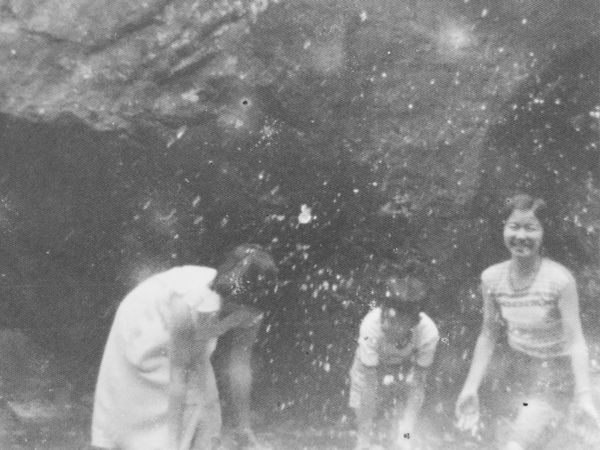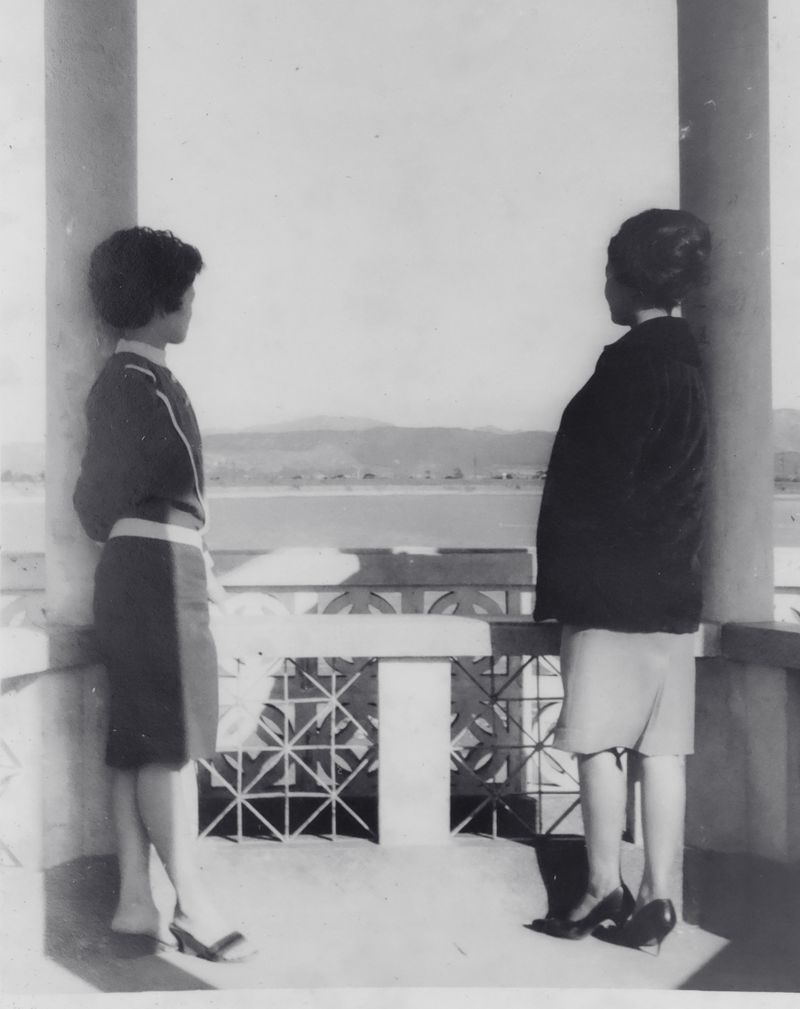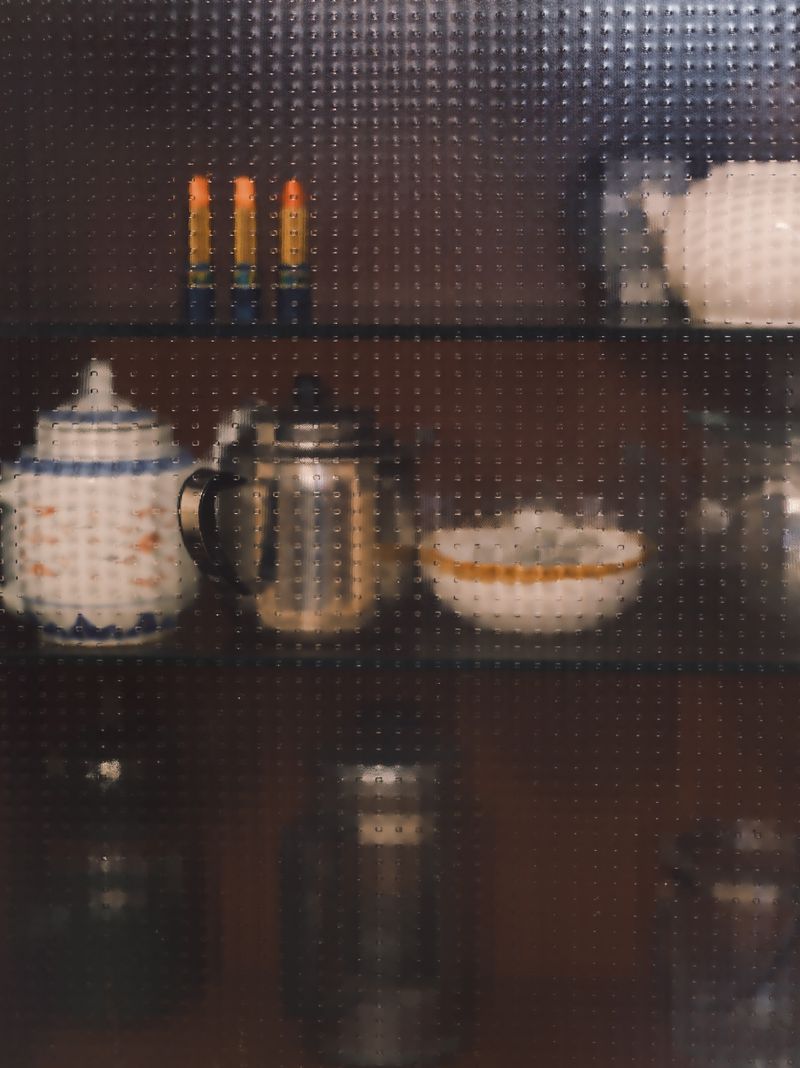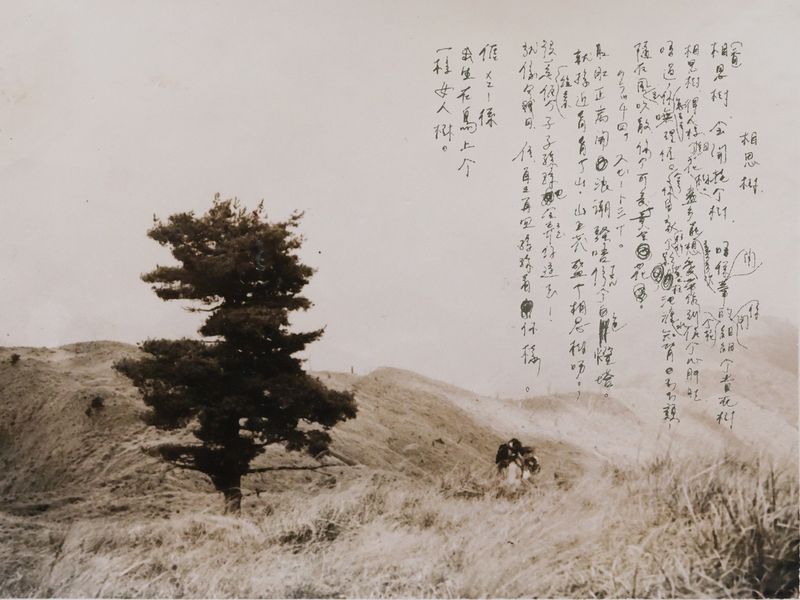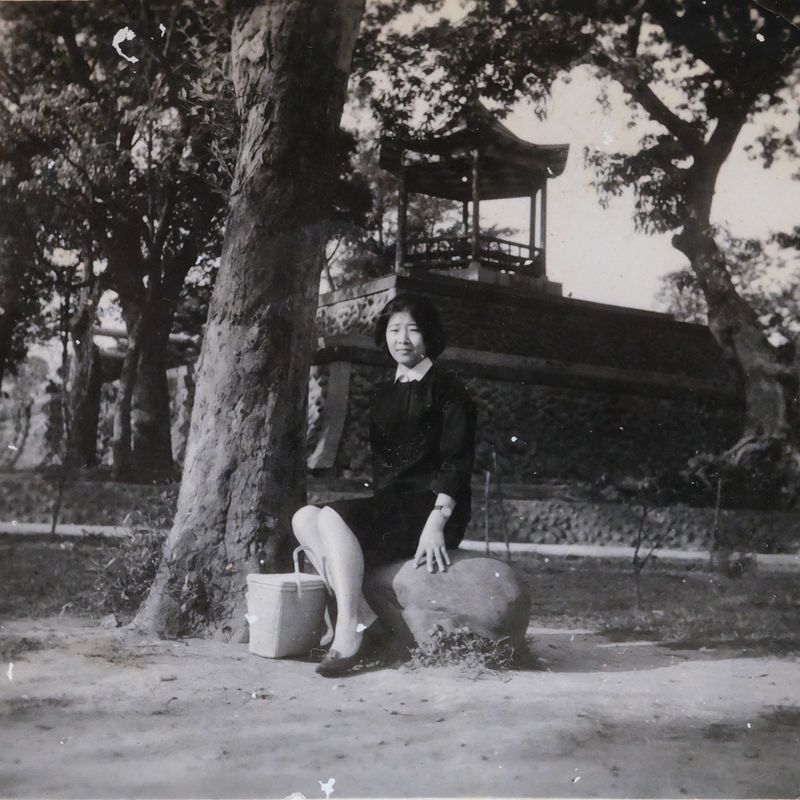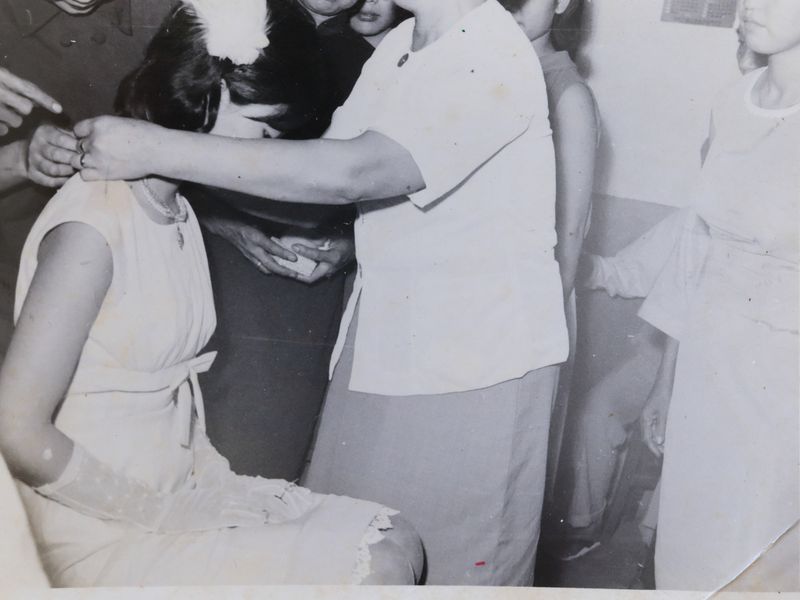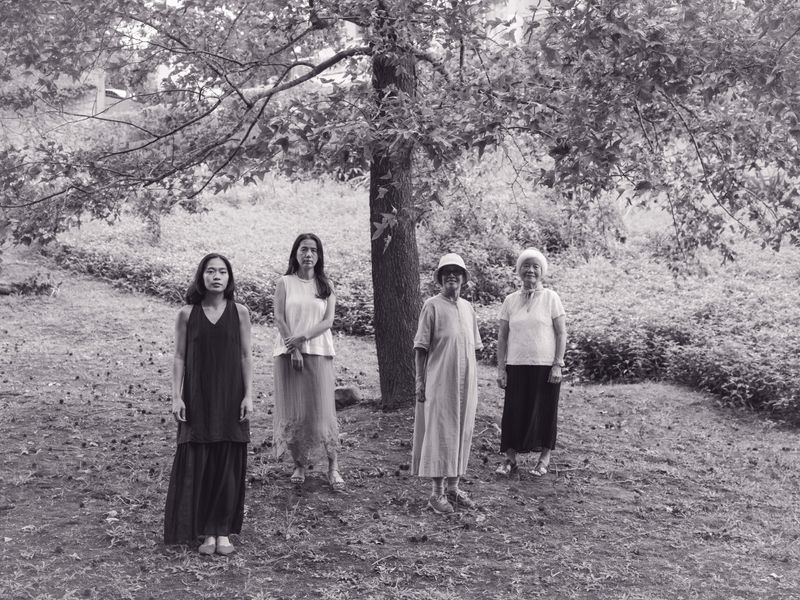The Stars That Don't Look Back
-
Dates2025 - Ongoing
-
Author
-
Shortlisted
Through family archival photographs and historical events, The Stars That Don't Look Back explores the intimate and private memories shared by three generations of women living in Taiwan, while undergoing the transitional colonial period.
Located in the western Pacific Ocean, Taiwan, being the largest island between Japan and the Philippines, is geographically valuable for both economic and political reasons. Since the early 1600s, Taiwan has lived through six colonial regimes. The Stars That Don’t Look Back focuses on the last two colonial periods: the Japanese Rule (1895–1945) and the White Terror period (1949–1991). Through the memory of three generations of women in my family—my grandmother, mother, and myself—this project further explores literature, symbolism, and historical events in Taiwanese history as a reference backbone.
After Japan's surrender in World War II, White Terror broke out due to the failed administration of the KMT (Kuomintang) in 1947. The 228 Incident was the most tragic massacre in Taiwanese history during White Terror; over 200,000 bullets were fired at civilians by the Chinese Nationalist government. Most of the casualties were men from age 15 to 64, making many women “political widows” at that time. The pain of men in these violent histories has been recorded in memorials and museums, but what I was curious about is: what happens to the women after losing their father, partner, and son in the same traumatic events? They were left out of the official papers and documents, always being portrayed by a third person rather than being the main character. Why are their stories and sacrifices insignificant, like the bullet shells from the 228 Incident—tucked away on the bottom shelf of a memorial, quiet and unnoticed?
To understand the history, I decided to start from my own family story. Both of my grandmothers were born around the end of Japanese Rule in the mid-1940s. Both worked really hard to support their families. Their devotion was evident, but not memorable. As hard as I tried to be a good daughter, it was not until the past few years that I truly started to understand my mother’s sacrifices and the truth behind my grandmother’s mental illness. Within my own family, the roles that females play in the household were still underappreciated, even by a woman, myself. It was when my grandma had her mental breakdown five years ago that I started to see a pattern within my family for women to suffer mentally.
Before my grandma got ill, she used to love using a lipstick that was produced in Japan in the early 1970s. The bullet casing from the 228 Incident in this project serves as a metaphor for women’s psychological trauma in our everyday lives. By placing my grandmother’s lipstick delicately underneath the traditional food cover, they lay peacefully in my grandparents’ household. Like the women in the family, bearing trauma, yet still saving food for the loved ones that return home late for meals.
Looking further into Taiwanese literature, Fagge Dupan is a female Taiwanese poet born in 1927. Despite growing up in the Japanese education system with the only aim of nurturing humble and virtuous women to serve their husband and children, Fagge Dupan’s poems were progressive, challenging traditional women’s status and love life. In the last paragraph of The Acacia Tree: “For I too, was born, on this island, a woman-tree.” Where most poems compared women to fragile flowers, Dupan imagined women as trees—rooted in soil, standing firmly on the island she called home. Inspired by her poems, I created a series of images with a mix of portraits and family archival photographs. Like the tree growing deep and holding the soil together, each woman is essential not only in the household or in society, but most importantly, to grow freely on this beloved island.
Other than literature, Taiwan’s hair-ban history was one of my research focuses. For me, hair holds memories and is an extremely intimate element of our body. What deeply interested me is that, in the beginning, most dictatorships always started to control your appearance, then slowly crept into your way of thinking. In Taiwan, the hair ban started during Japanese Rule without formal law. After Chiang Kai-shek's Nationalist troops lost the civil war to the Communists and withdrew to Taiwan in 1949, they codified the practice and passed the first hair-ban law in 1969. Boys were required to sport crew cuts, girls’ hair had to be ear-length, undyed, and unpermed.
I was fascinated by many of my family archives. Despite long after school age, most of the women continued to wear short hairstyles. This could have been influenced by the fashion of that time, but I also wondered if it was another form of women being unaware of their individuality in a conservative society, not knowing they had a choice to express who they wanted to be. It was not until 2005 that the hair-ban law was repealed.
In order to focus on a memory that was overlooked in history, I started re-editing and cropping the family archival photographs. By pairing each archive with a new photograph, I searched for the details and symmetry of the movements, especially picking out events when women in my family were enjoying their time and having fun, unlike most traditional narratives of women: as objects of suffering, misfortune, and grief. From the day my grandma got married, to my mother helping my grandma get up from a chair; from my grandma’s choir group photo wearing traditional costumes, to us three standing next to each other, holding hands. The intimate and peaceful moments that women share together in our everyday lives are not portrayed enough.
Fagge Dupan writes: “Bearing misfortune, yet shining brightly—it is a star on the other side.” Her words capture the strength and radiance of women who endure pain, yet continue to shape the world for future generations. Like roots pushing into the soil or a spider web glistening after rain, The Stars That Don’t Look Back explores a safety net webbed by women throughout history and memory.

